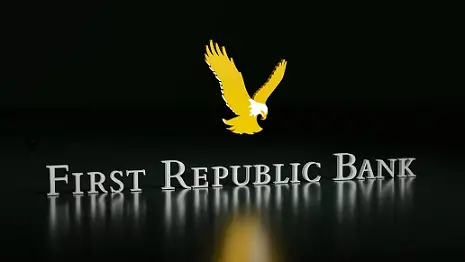On Tuesday, shares of First Republic Bank dropped sharply, as investors asked how the bank would move forward after seeing 40% of its deposits flow out over the course of the first quarter.
The stock price fell over 49% Tuesday, marking year to date losses of more than 90%. At closing it stood at $8.10 per share, its lowest closing price on record.
The decline was set off by the bank’s first-quarter earnings report, which revealed total deposits had fallen by 40.8% over the quarter, as customers withdrew their money after witnessing the collapse of Silicon Valley Bank.
First Republic’s net outflows would have risen above $100 billion, were it not for its quarter-end deposits including a $30 billion infusion of liquidity. The infusion was provided by 11 larger banks which wished to stabilize the bank, and prevent a broader contagion which would have ensued if First Republic had gone down.
In its press release, First Republic noted that it was pursuing “strategic options,” following the flight of its depositors, as it sought to reconfigure its balance sheet. Tuesday, observing the situation, David Faber said the next few days will be critical for the bank’s future, as federal officials, and other larger banks look together for options to stabilize the bank, and avert a failure.
One possible solution being examined would be for larger banks to step in and purchase some of First Republic’s assets, which would allow the regional bank to raise additional equity, according to Faber. However it is unclear if any other banks are willing to purchase the assets. Faber also reported that one option not being examined is a full sale to another bank, ala the model for Credit Suisse.
In a Bloomberg News report Tuesday, it was revealed First Republic is looking for a buyer for as much as $100 billion in loans and securities, as the lender seeks to restructure its balance sheet.

